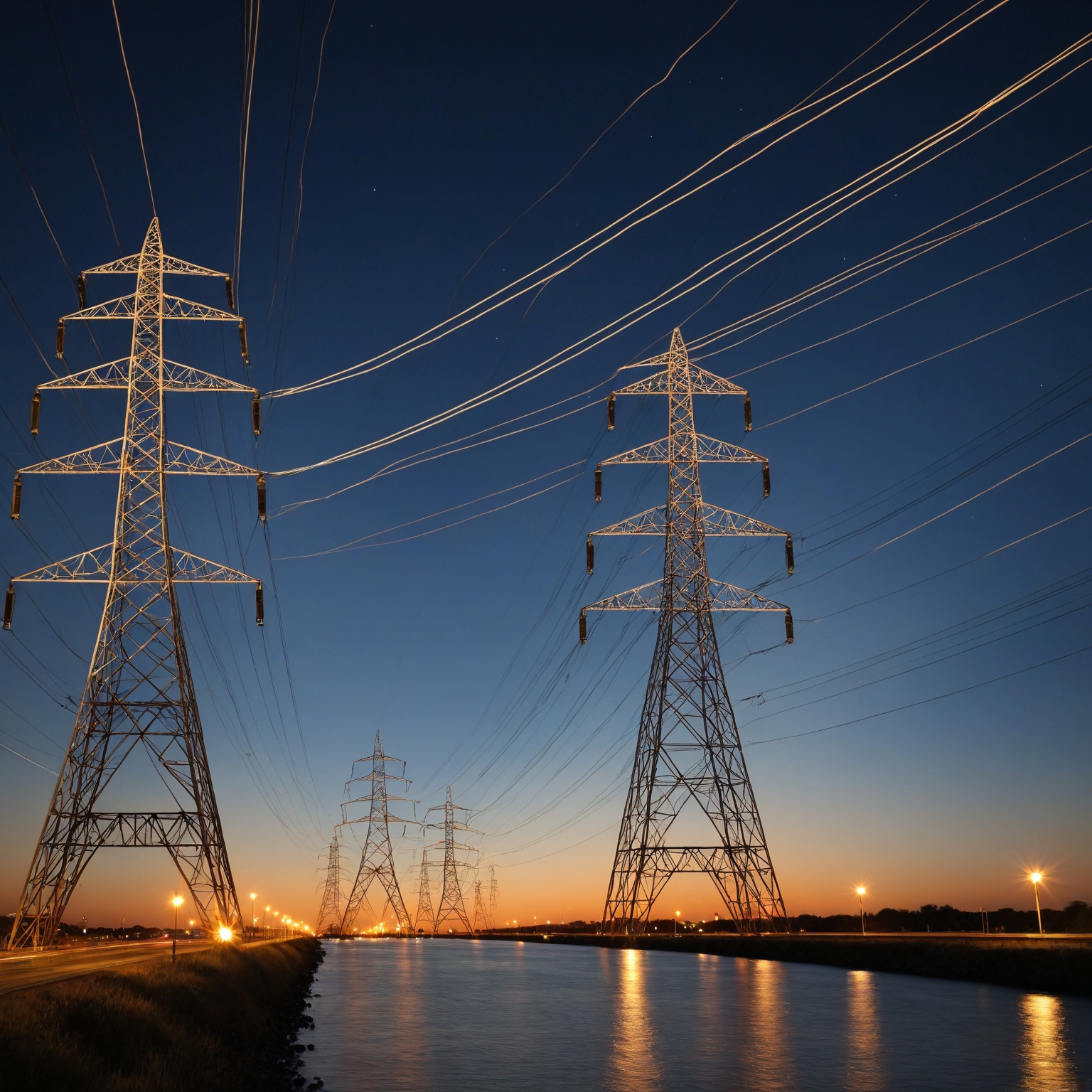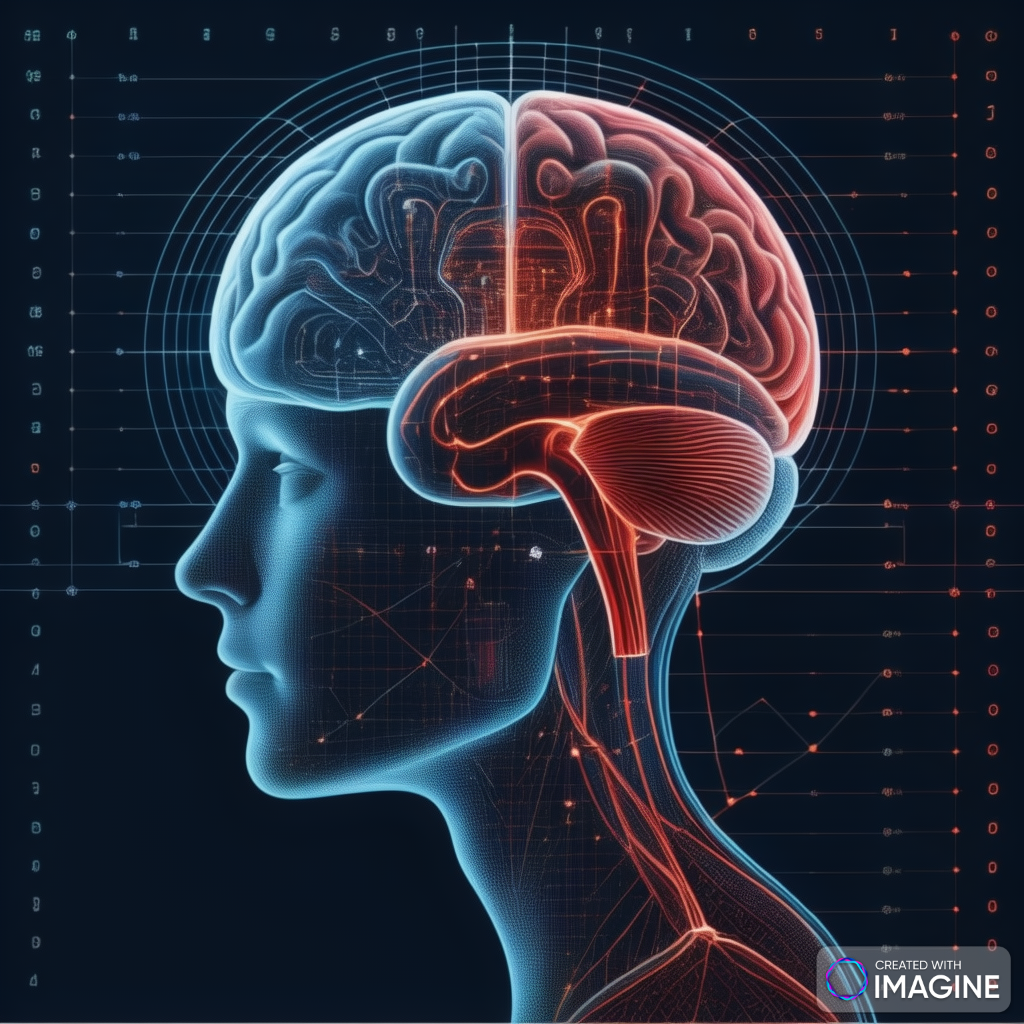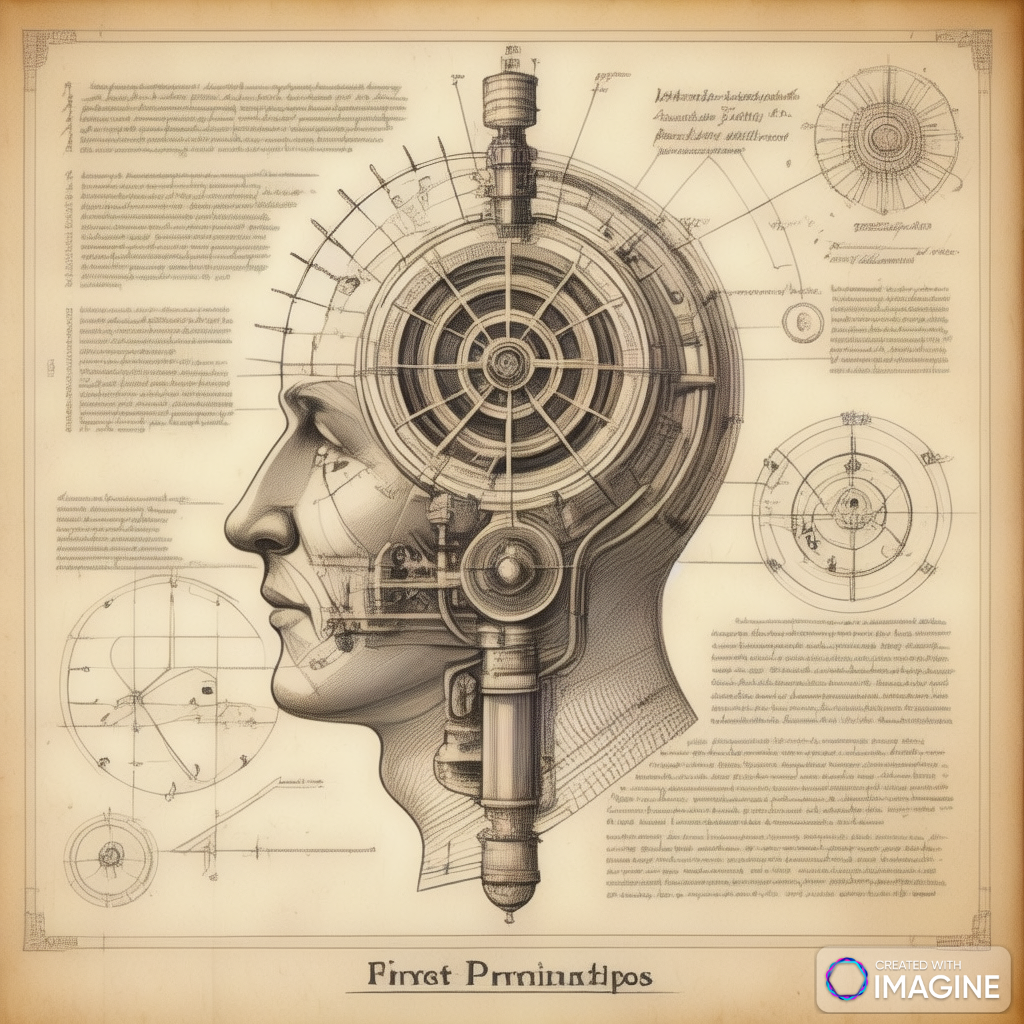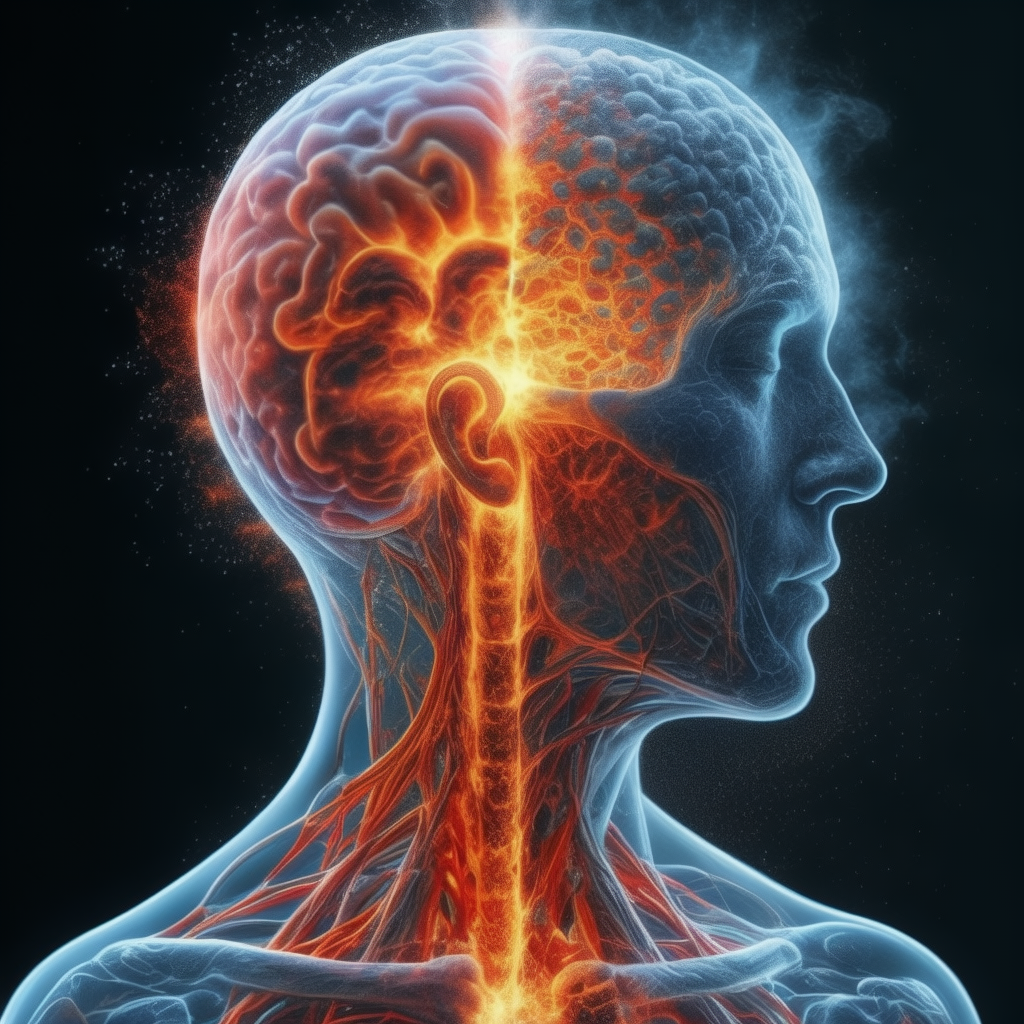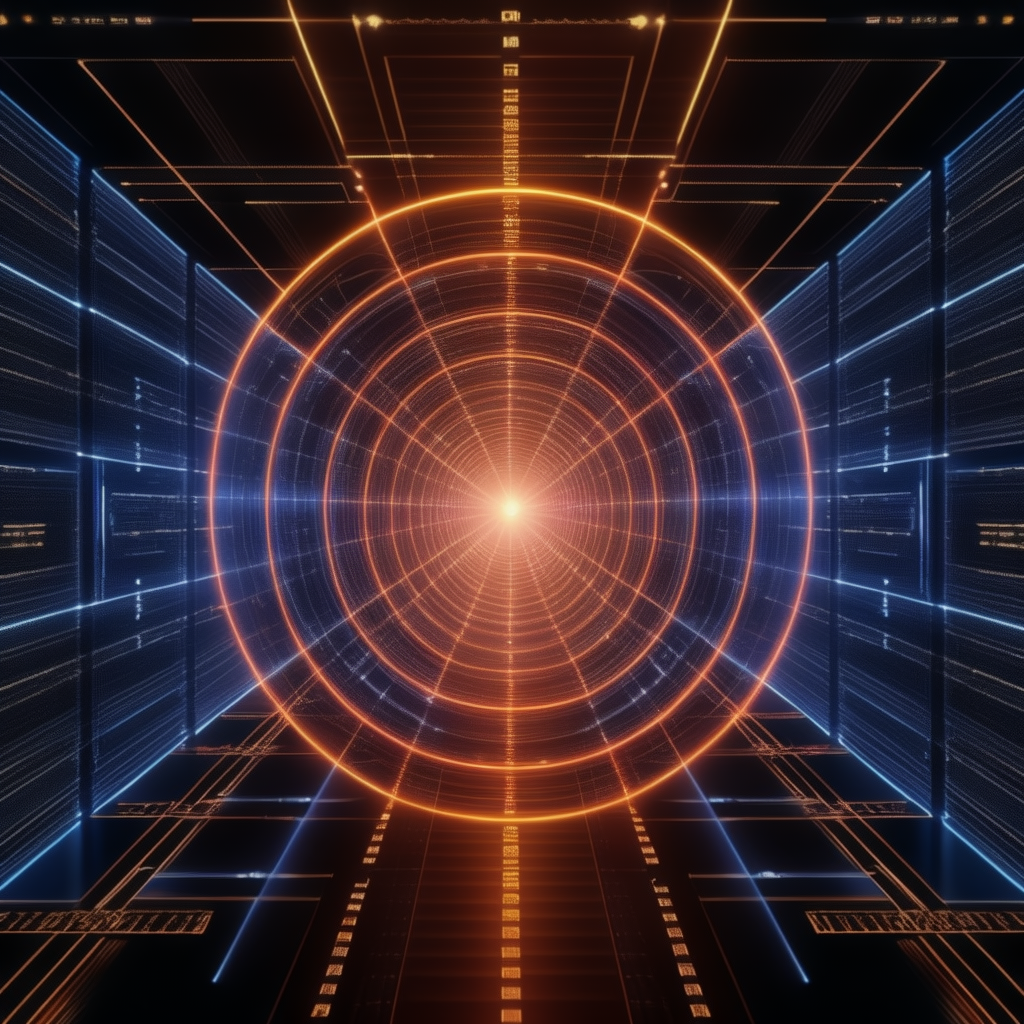Introduction to Hydropower
Water has been a powerful force in shaping the Earth’s landscape, and humans have long harnessed its energy. Hydropower, the generation of electricity using the energy of moving water, is one of the oldest and most established forms of renewable energy. It is clean, efficient, and can be generated on a large scale, making it a cornerstone of global electricity production.
2. The Basics of Hydropower
2.1. The Hydrological Cycle and Water’s Energy
- The Water Cycle: The hydrological cycle, driven by the sun, plays a crucial role in hydropower. Water evaporates from oceans and other bodies, forms clouds, and precipitates as rain or snow. This water flows through rivers and streams, eventually returning to the oceans. The continuous movement of water provides the energy needed for hydropower.
- Potential Energy: As water flows downhill due to gravity, it gains potential energy. The higher the water source, the more potential energy it has. Hydropower plants capture this energy to generate electricity.
2.2. Understanding the Types of Hydropower
- Run-of-the-River Systems: In this setup, water is diverted from a river and channeled through a pipeline to generate electricity. The water is then returned to the river. This method relies on the river’s natural flow and elevation drop.
- Reservoir (Storage) Systems: A dam is built to create a reservoir or artificial lake. Water from the reservoir is released through turbines to generate electricity. This system allows for better control over electricity production, as water can be stored and released as needed.
- Pumped Storage Systems: These systems act like giant batteries. Water is pumped from a lower reservoir to an upper reservoir during times of low electricity demand. When demand is high, the stored water is released back to the lower reservoir, generating electricity in the process.
3. The Hydropower Plant: Turning Water into Electricity
3.1. Key Components of a Hydropower Plant
- Dam: The dam creates a reservoir that stores water. By controlling the release of water, the dam regulates electricity production.
- Intake: Water from the reservoir is funneled through an intake structure, which directs it into the penstock, a large pipe that carries water to the turbines.
- Penstock: The penstock is a crucial component that channels water under high pressure from the reservoir to the turbines.
- Turbines: As water flows through the turbines, the force of the moving water turns the blades. The turbines are connected to generators, which convert the mechanical energy into electrical energy.
- Generator: The generator is where the magic happens. Inside, a rotor spins within a magnetic field, inducing an electrical current. This electricity is then sent to the power grid.
- Outflow: After passing through the turbines, the water is released back into the river or lower reservoir through the outflow.
3.2. The Process of Generating Electricity
- Energy Conversion: The potential energy of water stored in the reservoir is converted into kinetic energy as it flows through the penstock and hits the turbine blades. The turbine converts this kinetic energy into mechanical energy.
- Electromagnetic Induction: As the turbine spins the rotor within the generator, electromagnetic induction occurs. This process generates alternating current (AC) electricity, which is the standard for most power grids.
- Voltage Transformation and Distribution: The generated electricity is then transformed to a higher voltage using transformers, allowing it to travel long distances through power lines with minimal energy loss.
4. The Science Behind Hydropower: A Closer Look
4.1. The Role of Gravity and Water Pressure
- Gravitational Pull: Gravity is the driving force behind hydropower. The potential energy stored in elevated water is converted into kinetic energy as it falls, turning the turbines.
- Water Pressure: The pressure of water increases with depth in the reservoir. This pressure drives water through the penstock and into the turbines with great force, making the generation of electricity possible.
4.2. Turbine Efficiency and Design
- Types of Turbines: There are several types of turbines used in hydropower plants, each designed for specific conditions. The most common types include Francis turbines (for medium to high heads), Kaplan turbines (for low heads and high flow rates), and Pelton turbines (for high heads and low flow rates).
- Turbine Blade Design: The design and angle of the turbine blades are optimized to capture as much energy as possible from the moving water. The efficiency of the turbine directly impacts the amount of electricity generated.
4.3. The Role of the Generator
- Electromagnetic Induction: The generator is based on the principle of electromagnetic induction, discovered by Michael Faraday. As the turbine spins the rotor, it creates a moving magnetic field that induces a voltage across the coil windings, generating electricity.
- AC Generation: The alternating current generated by the hydropower plant is synchronized with the frequency of the local grid (usually 50 or 60 Hz), ensuring that it can be distributed and used effectively.
5. Environmental and Economic Impact of Hydropower
5.1. Environmental Benefits
- Renewable Energy Source: Hydropower is a renewable energy source, as it relies on the continuous movement of water in the Earth’s hydrological cycle.
- Low Greenhouse Gas Emissions: Unlike fossil fuels, hydropower generates electricity without producing greenhouse gases, making it a clean energy option.
- Habitat Creation: Reservoirs created by dams can serve as habitats for various aquatic species and support recreational activities.
5.2. Environmental Challenges
- Disruption of Ecosystems: Building dams and altering river flow can disrupt local ecosystems, affecting fish migration and riverine habitats.
- Sediment Buildup: Dams can trap sediments that would naturally replenish downstream ecosystems, leading to erosion and loss of fertile land.
- Impact on Local Communities: The creation of reservoirs often requires the relocation of communities and can impact local economies that rely on the natural flow of rivers.
5.3. Economic Considerations
- Cost-Effectiveness: Hydropower plants have high upfront costs but low operating costs. Once built, they can generate electricity at a low cost for decades.
- Energy Security: Hydropower provides a reliable source of electricity, contributing to energy security and reducing dependence on fossil fuels.
- Job Creation: The construction and maintenance of hydropower plants create jobs and stimulate local economies.
6. Global Examples of Hydropower
6.1. The Three Gorges Dam (China)
- World’s Largest Hydropower Plant: The Three Gorges Dam on the Yangtze River is the largest hydropower plant in the world, with a capacity of 22,500 megawatts (MW).
- Significant Contribution to China’s Energy: The dam plays a crucial role in China’s electricity supply, providing power to millions of homes and industries.
6.2. The Hoover Dam (USA)
- Iconic Engineering Feat: The Hoover Dam, located on the Colorado River, is one of the most famous hydropower plants in the world. It has a capacity of 2,080 MW and has been a vital source of electricity for the southwestern United States since its completion in 1936.
- Multi-Purpose Infrastructure: Besides generating electricity, the Hoover Dam provides water for irrigation, flood control, and recreational opportunities.
6.3. Itaipu Dam (Brazil/Paraguay)
- Bilateral Hydropower Project: The Itaipu Dam is a joint project between Brazil and Paraguay, with a capacity of 14,000 MW. It supplies a significant portion of the electricity consumed in both countries.
- Balancing Power and Environment: Itaipu is an example of a hydropower plant that has made efforts to balance electricity generation with environmental conservation, including initiatives to protect local wildlife.
7. The Future of Hydropower
7.1. Advances in Hydropower Technology
- Small-Scale Hydropower: Innovations in small-scale hydropower technology are making it possible to generate electricity from smaller rivers and streams with minimal environmental impact.
- Tidal and Wave Energy: The principles of hydropower are being applied to harness energy from tidal and wave movements, offering new possibilities for renewable energy generation.
7.2. Hydropower’s Role in a Sustainable Energy Future
- Integration with Other Renewables: Hydropower can complement other renewable energy sources, such as solar and wind, by providing reliable baseload power and storage capabilities.
- Climate Change Adaptation: As climate change affects water availability, hydropower plants may need to adapt their operations. Managing water resources sustainably will be crucial for the future of hydropower.
Additional Perspectives on Generating Electricity from Water
1. Scientific Principles Behind Hydropower
1.1. The Principle of Conservation of Energy
- Energy Conversion: The fundamental scientific principle behind hydropower is the conservation of energy. The potential energy of water at a height is converted into kinetic energy as it falls, and this kinetic energy is then converted into mechanical energy by turbines, and finally into electrical energy by generators. This transformation follows the law of conservation of energy, which states that energy cannot be created or destroyed, only converted from one form to another.
1.2. Bernoulli’s Principle
- Fluid Dynamics: Bernoulli’s Principle is essential in understanding how water behaves as it moves through pipes and turbines in a hydropower plant. According to this principle, as the speed of a fluid increases, its pressure decreases. This principle helps engineers design penstocks and turbines to maximize efficiency in energy conversion by controlling the speed and pressure of water flow.
1.3. Faraday’s Law of Electromagnetic Induction
- Electricity Generation: The generation of electricity in hydropower plants is based on Faraday’s Law of Electromagnetic Induction. Michael Faraday discovered that when a conductor moves through a magnetic field, it induces an electric current. In a hydropower plant, the moving turbine (connected to a rotor) passes through a magnetic field in the generator, inducing electricity.
2. The Engineering of Hydropower Plants
2.1. Dam Construction and Reservoir Engineering
- Structural Engineering: The construction of a dam is a massive engineering feat that involves deep knowledge of civil and structural engineering. Dams are designed to withstand immense water pressure, resist erosion, and last for decades or even centuries. Engineers must consider factors such as the geology of the site, the seismic activity of the area, and the potential environmental impacts.
- Reservoir Management: Engineers also design reservoirs to manage water flow efficiently. This includes ensuring adequate storage capacity for dry seasons, managing sediment build-up, and preventing floods.
2.2. Turbine and Generator Design
- Mechanical Engineering: The design of turbines is a specialized area of mechanical engineering. Turbines must be precisely engineered to convert the maximum amount of kinetic energy from water into mechanical energy. Different types of turbines (like Francis, Kaplan, and Pelton) are used depending on the water flow and head height.
- Generator Engineering: Generators are designed to convert mechanical energy into electrical energy efficiently. Engineers focus on optimizing the magnetic field, rotor design, and cooling systems to maximize electricity output and durability.
2.3. Grid Integration
- Electrical Engineering: Integrating the electricity generated by hydropower into the power grid involves complex electrical engineering. Engineers ensure that the voltage and frequency of the electricity produced match those of the grid, and they manage the transmission of electricity over long distances with minimal losses.
3. Historical Perspectives and Pioneers of Hydropower
3.1. Early Uses of Water Power
- Ancient Water Mills: The concept of harnessing water power dates back to ancient civilizations, where water wheels were used to grind grain and perform other mechanical tasks. The Greeks and Romans used water mills extensively, and these early technologies laid the groundwork for modern hydropower.
3.2. Michael Faraday and Electromagnetic Induction
- Faraday’s Discoveries: Michael Faraday, a British scientist, is credited with discovering electromagnetic induction in 1831. His work demonstrated that moving a conductor through a magnetic field generates an electric current, a principle that is the foundation of all modern electric generators, including those in hydropower plants.
3.3. The First Hydroelectric Power Plant
- Appleton, Wisconsin (1882): The world’s first hydroelectric power plant began operation in Appleton, Wisconsin, in 1882. This plant used a water wheel to drive a dynamo (an early type of generator) that provided electricity to a paper mill and a few nearby homes. This marked the beginning of the widespread use of hydropower for electricity generation.
3.4. Development of Large-Scale Hydropower
- 20th Century Engineering: The 20th century saw the development of large-scale hydropower projects, such as the Hoover Dam in the United States and the Three Gorges Dam in China. These projects required advances in engineering, including new materials, construction techniques, and the ability to manage large-scale environmental impacts.
4. Additional Perspectives
4.1. The Role of Gravity in Hydropower
- Gravity’s Constant Pull: Gravity is the fundamental force that drives hydropower. Water naturally flows from higher to lower elevations due to gravity, and this movement is harnessed to turn turbines and generate electricity. Without gravity, the potential energy in water could not be converted into kinetic energy, and hydropower would not be possible.
4.2. Earth’s Rotation and Stability
- Coriolis Effect and Water Flow: The Earth’s rotation affects large-scale water movements through the Coriolis effect, which causes moving water to curve due to the planet’s rotation. However, on the scale of hydropower plants, this effect is negligible. The stability of water flow in rivers and reservoirs is maintained by the gravitational pull of the Earth, which ensures that even as the planet spins, water continues to flow downhill.
4.3. Evolution of Hydropower Technology
- Advancements Over Time: Hydropower technology has evolved from simple water wheels to complex turbine-generator systems. Innovations in materials science, computer modeling, and control systems have led to more efficient and reliable hydropower plants. The evolution of technology continues today with the development of micro-hydropower and marine hydrokinetic energy (using ocean and tidal currents).
4.4. Environmental and Social Considerations
- Balancing Power and Ecology: Modern hydropower projects must balance electricity generation with environmental and social considerations. This includes preserving fish migration paths, protecting water quality, and ensuring that local communities benefit from the project. Advances in environmental engineering have led to the development of fish ladders, sediment management techniques, and community engagement strategies.
4.5. Future Directions in Hydropower
- Sustainable Innovations: The future of hydropower lies in making it more sustainable and environmentally friendly. This includes improving the efficiency of existing plants, developing new methods to harness energy from smaller streams and rivers, and integrating hydropower with other renewable energy sources like solar and wind to create hybrid systems that can provide consistent power.
5. Conclusion: The Ongoing Evolution of Hydropower
Hydropower is a testament to human ingenuity, blending the forces of nature with advanced engineering to provide a reliable and renewable source of electricity. From the early water wheels of ancient civilizations to the massive dams of the modern era, the science and technology behind hydropower have continually evolved. Today, as we face the challenges of climate change and the need for sustainable energy, hydropower remains a critical part of our global energy landscape, offering insights into how we can live in harmony with the natural world while meeting our energy needs. Understanding the principles, history, and future of hydropower allows us to appreciate its significance and inspires us to innovate further in the pursuit of a sustainable future.
Hydropower is a remarkable example of how we can harness natural forces to meet our energy needs. From the simple mechanics of water flow to the complex engineering of modern dams, hydropower has proven to be a reliable and sustainable source of electricity. As we continue to seek cleaner energy solutions, hydropower will remain a key player in the global effort to reduce carbon emissions and build a more sustainable future. Understanding the science and engineering behind hydropower not only highlights its importance but also inspires continued innovation in the field of renewable energy.

